Medic Minute – Volume 1
Medic Minute Welcome to the first in Colorado Mountain Man Survival’s Medic Minute Series! My name is Jeffrey and I’ll be the host for these. Today...
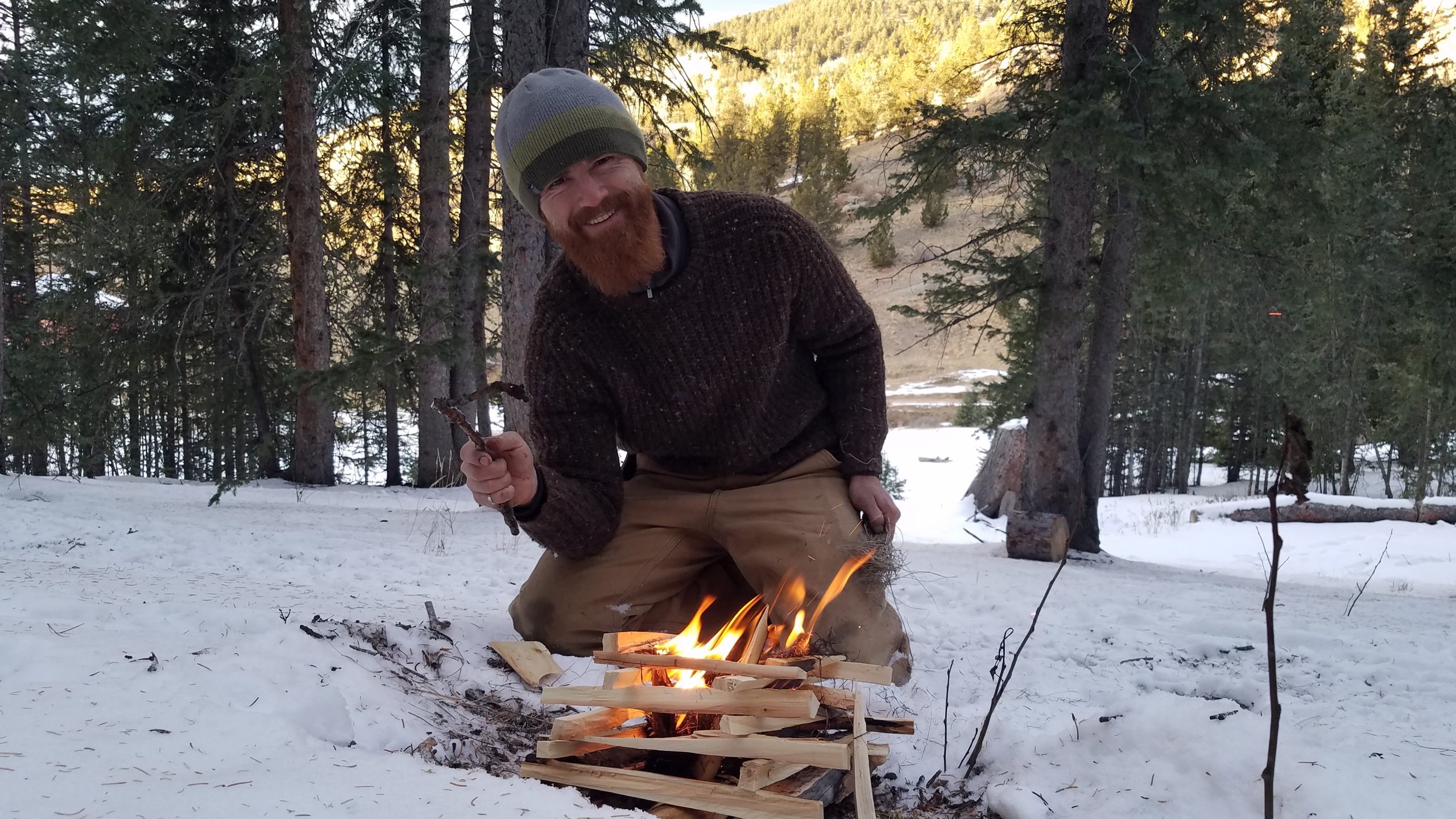
Click HERE to read the article on our web page.
Early August, 2017, a group of Boy Scouts were trekking through the Uinta Mountain Range in Utah. A seventeen year old Scout complained of bad headache with nausea. Over the next day he continued to degrade. The decision was made to evacuate the teen the next morning. As the teen went to bed he was still complaining of the headache and displayed a loss of muscle control. The Scouts awoke early to effect their evacuation while a Scout Master hiked 6-10 miles to get into cellular phone range and called fo
r a helicopter medical evacuation. Upon arrival, the medics aboard found the Scout dead. Reports from the Scouts was that he managed to walk 50 yards, collapsed unresponsive and CPR was attempted. The Scout was a healthy and fit teenager with no significant medical history. The elevation in the crater where he passed was between 10,000’ in the valley to 13,500’. If a healthy teenaged Boy Scout can succumb to altitude sickness at these altitudes, common through the Rocky Mountains, then we must become very familiar with the signs and symptoms of altitude sickness and understand what treatments we have, and most importantly, when the disease has progressed to a point of evacuation.
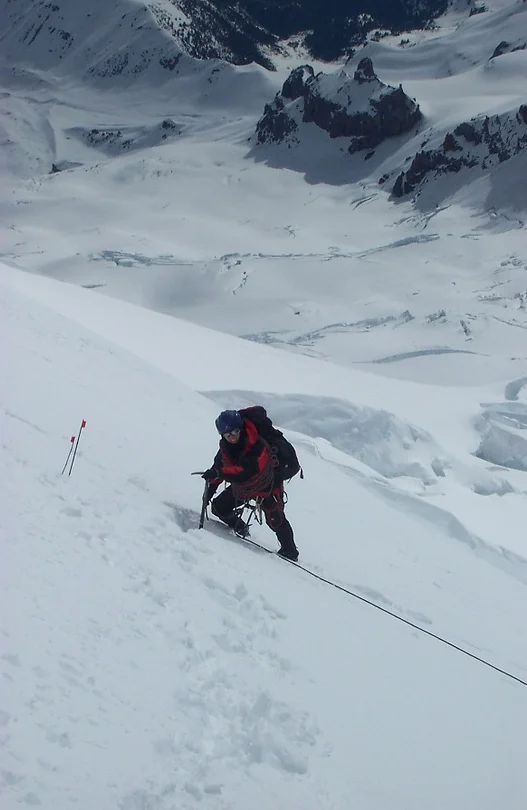
One of the most common misconceptions about altitude sickness is that the disease is caused by a low amount of oxygen in the breathing air. The atmosphere is comprised of about 21% oxygen up to an altitude of about 21,000` (900` higher than the summit of Denali, 9,000` less than the summit of Everest) but the partial pressure of this oxygen in the lungs, specifically in the capillary beds where gas exchanges, can be significantly lower. This partial pressure is required to “push” oxygen into the bloodstream. The concept of air-pressure can be hard to understand but when we think of air as a fluid it makes more sense. When we are at sea level we have a huge amount of “fluid” above us, being pulled down by gravity, increasing the pressure of these gasses in the lungs. As we ascend we have less “fluid” above us and the pressure decreases. This decrease in pressure is the root cause of what is known as “Acute Mountain Sickness”. The oxygen-carrying component in blood is unable to take on the oxygen molecules leading to overall hypoxia (low oxygen) at the organs.
Elevation can be broken down into three primary categories; high altitude (4,900` to 11,500`), Very high altitude (11,500` to 18,000`) and lastly, EXTREME high altitude (over 18,000`). At about 7,000` the partial pressure of oxygen drops enough that the percentage of oxygen-saturated hemoglobin drops enough that it is detectable with the use of pulse oximetry, or “pulse ox”. Most people at this elevation will have a “pulse ox” of >90%. Typically the people at these elevations that display mountain sickness have rapidly ascended from sea level to altitude. Above 11,500` people will display pulse ox less than 90% and their symptoms will be exacerbated by exertion or attempting sleep. The majority of altitude illness occurs in this range. Elevations over 18,000` are, for most people, unsustainable for anything but short periods. Pronounced hypoxia (low oxygen) causes progressive deterioration of physiological functions and travel to these elevations without acclimatization can be fatal.
Now we know that less pressure of oxygen in the lungs means that the blood gets less oxygen and the end organs get less oxygen. But that’s still not the total picture that we should observe with assessing our patients. One of the biggest predictors of altitude sickness isn’t the altitude per se but the speed at which this altitude was ascended to. Trekkers that take time to appropriately acclimatize and follow tried and tested axioms (“sleep low, climb high”) do the best with mountain sickness and those that have rapid change in elevations (think of the skier travelling from New York, sea level, to Breckenridge Colorado, 12,998` at top of resort, in one day) typically have the most pronounced symptoms.
Higher altitudes not only are frequently colder than lower altitudes but the air is much drier. People at altitude will breathe faster to compensate for the hypoxia and urinary production is increased to help deal with these metabolic byproducts. Combining these frequently leads to dehydration which can be compounded, especially in ski and tourist destinations, by use of alcohol. This is why we stress proper hydration in the back country and especially at elevation.
To sum up everything so far; altitude sickness is primarily caused by a decreased pressure partial of oxygen in the lungs. This decrease in pressure leads to fewer oxygen molecules crossing into the blood through the capillary beds. Dehydration and rapid ascent can compound these processes. These disease processes can manifest in predictable manners and it is our responsibility to recognize the signs and symptoms for early treatment and to understand when the patient’s situation is critical and an immediate evacuation must begin.
In the early 90’s a conference was held at Lake Louise called the International Hypoxia Conference. The physicians there developed a scoring system to determine the presence and severity of acute mountain sickness. There is extensive literature about this and a full discussion would take up dozens of pages so it’s mentioned here so that interested individuals can look more into it. We use the Lake Louise Consensus on Altitude Illness which defines the three identifiable conditions caused by altitude; Acute Mountain Sickness (AMS), High Altitude Pulmonary Edema (HAPE) and High Altitude Cerebral Edema (HACE).
In the presence of a recent gain of altitude:
Acute Mountain Sickness (AMS)
Headache plus one of the following;
High Altitude Cerebral Edema (HACE)
High Altitude Pulmonary Edema (HAPE)
At least two of the following –
AND
At least two of the following –
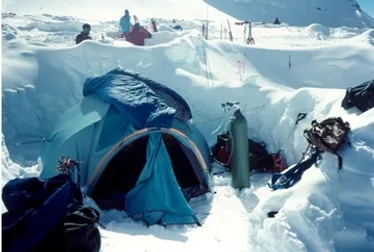
The signs for AMS can be subtle especially when lacking clinical context. Many travellers from low altitude levels to ski resorts have a headache and some sleep issues but very few of these people present for medical treatment. Still, a study in the New England Journal of Medicine in June 2001 (High Altitude Illness, Dr P Hackett) states that 22% of people coming to Summit County in Colorado (home to Breckenridge, Arapahoe Basin, Keystone, Loveland and Copper Mountain) met the criteria for AMS and over 10,000’ it rose to about 42%. A focused history should include questions about how quickly they ascended, any acclimatization they attempted, “in’s and out’s” (hydration, appetite or lack thereof and urine production) and should be documented accurately so the patient can be monitored for any changes. A presentation suggestive of altitude sickness should always be taken seriously and treatment should be initiated.
The best medicine is always prevention and this is even more applicable with environmental hazards. Plan acclimatization days into your adventure. If you are doing mountaineering at extreme elevation consult with your guide and make sure that you’ll be following the best practices of “sleep low, climb high” including acclimatization climbs with a return to base camp. Ascend at a rate less than 1,000` per day. Stay well hydrated and monitor your urine production specifically the frequently and the color. A physician can prescribe acetazolamide as a prophylaxis (preventative) or as a treatment in higher doses. Avoid alcohol, especially the first night after an ascent.
If our methods of preventing AMS don’t work, and our methods of mitigating AMS have failed, then we’ve got to start aggressive treatment. Dr Peter Hackett, from the aforementioned NEJOM study, recommends three things for HAPE/HACE; descend, descend, descend. The use of supplemental oxygen can be helpful, as can the use of steroids, specifically dexamethasone, but they should be used in conjunction with a plan that facilitates rapid evacuation to lower elevation. Expeditions in the “danger zone” can carry portable hyperbaric chambers that can be pressurized to simulate lower altitudes, such as the Gamow bag, but these are very costly and not indicated for routine travel in the lower 48 states. The patient should be taken to an elevation where the symptoms begin to resolve. These patients that are three days asymptomatic for serious altitude sickness may be cleared to attempt a summit / ascent again but a recurrence of symptoms should trigger an end to the expedition and rapid evacuation, to include helicopter if available.
All right, let’s bring it all together; as we ascend we have lower pressure pushing the oxygen into our lungs and this leads to hypoxia and other physiological changes. The faster we ascend the more pronounced the effects. Multiple systems can be affected. Proper acclimatization, a gradual ascent and proper hydration are the biggest ways to prevent occurrence. If our assessment shows “headache plus one” (symptom) then it’s suggestive of Acute Mountain Sickness and we should be aware of the potential for degradation into life-threatening conditions (HAPE/HACE). Once we’ve determined that it is likely that someone has AMS we should be carefully monitored for any change in motor function; we like to call these symptoms the “-umbles”, the “mumbles”, the “stumbles” and the “grumbles” which should be considered definitive for HACE.. Shortness of breath with exertion progressing to shortness of breath at rest, especially in the presence of “wet” sounds lungs or a cough productive of pink frothy sputum, is a significant finding indicative of pulmonary edema. These patients need to be rapidly descend to a safe altitude where symptoms disappear and they should stay asymptomatic for three days before attempting ascending again. If they do not tolerate this they should be evacuated.
I hope that this has been very informative and that I’ve given you some new skills to add to your tool box. As with all of my medical information I have to stress that I am not A doctor and I am definitely not YOUR doctor, so please seek medical consultation before you go to altitude especially if you’ve decided to do big peaks in Asia, South America or Alaska. Altitude sickness is just one of the many conditions that we discuss in both our Wilderness First Aid and Wilderness First Responder courses, so if you’d like more instruction check out our schedule and come out for a class!
Stay safe and happy travels!
ADDITIONAL RESOURCES:
http://www.high-altitude-medicine.com/AMS-worksheet.html – AMS Worksheet put together to facilitate assessment of altitude illness. Professional guides should be aware of this worksheet and conduct assessments of their clients twice a day at elevation.
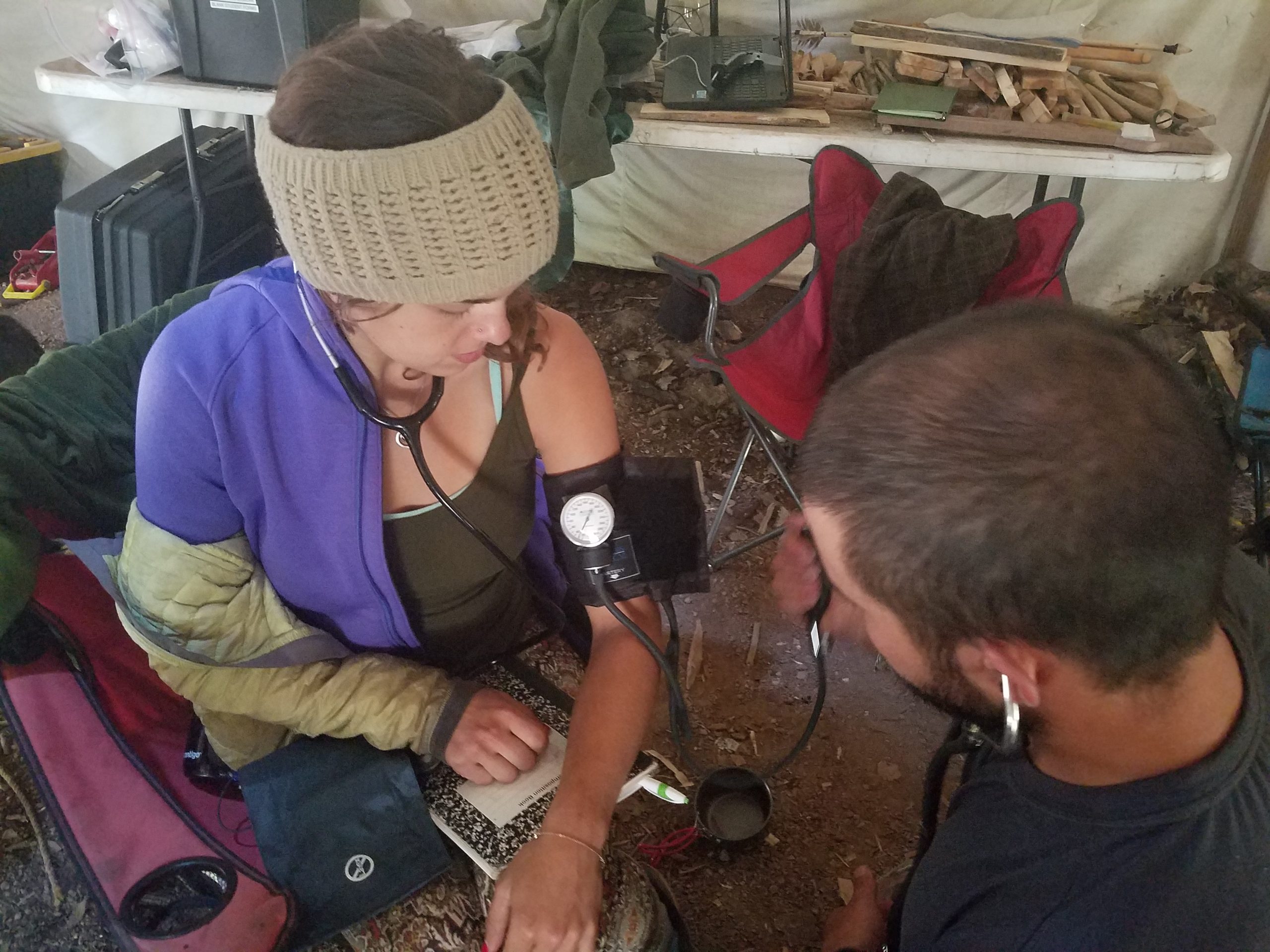
Medic Minute Welcome to the first in Colorado Mountain Man Survival’s Medic Minute Series! My name is Jeffrey and I’ll be the host for these. Today...
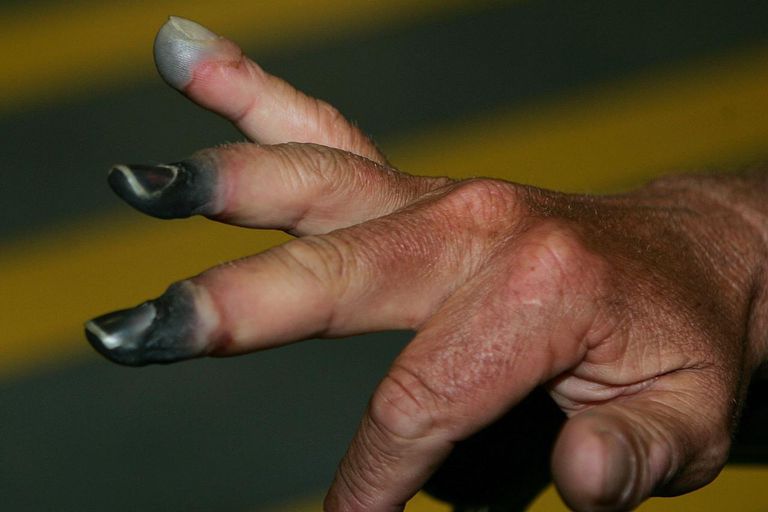
Medic Minute #2 – Cold Injuries (Frostbite, frostnip, immersion foot, hypothermia) People involved in wilderness recreation are susceptible to cold...
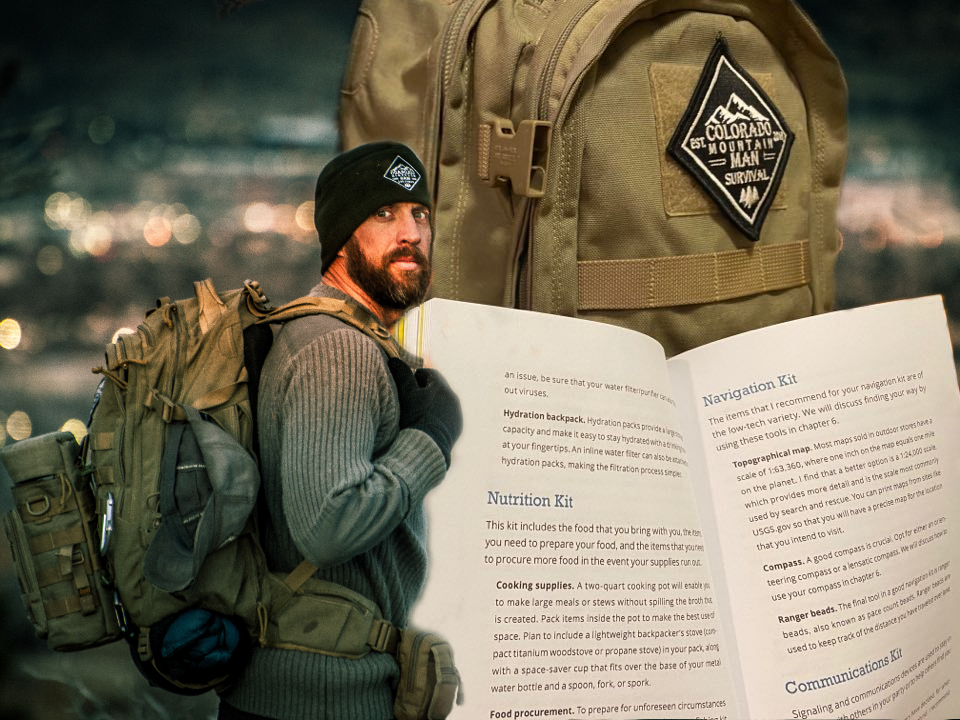
Analogy of a Survival Kit Survival kits are portable packages containing essential items and supplies that are designed to help individuals survive...